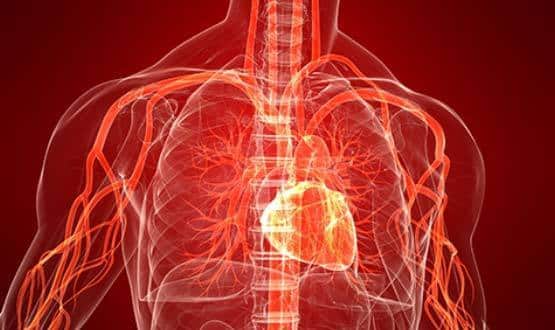QRisk2 in TPP “fixed” but up to 270,000 patients affected
- 10 June 2016

Up to 270,000 patients have been affected by errors in a cardiovascular disease risk digital calculator, which is being blamed on a “code mapping" issues.
In a statement on Thursday afternoon, the Medicines and Healthcare products Regulatory Agency said problems with the QRisk2 calculator in TPP’s SystmOne had been fixed, after the tool was disabled last month pending an investigation.
QRisk2 is an algorithm developed by doctors and academics based on GP and socio-economic data, which is used to estimate a patient’s risk of having a heart attack or stroke over the following ten years.
Patients judged to be at high risk can be prescribed suitable treatment, including statins. QRisk2 is available as an online calculator as well as from within GP systems.
The alert only covered the use of the tool in TPP’s SystmOne, and doctors were advised to use other versions while the issue was resolved.
On Friday morning, TPP confirmed that errors had affected around 260,000 to 270,000 patients; or about 100 patients over 2,600 GP practices. The error could affect patients going as far back as 2009.
In a statement, the company said some of these may have received faulty readings that meant their risk of heart attack or stroke was slightly overestimated or underestimated.
However, in most cases this would not have resulted in change in a treatment regime as the variations were small. “Early indications suggest that clinical workload to resolve this issue is small.”
QRisk2 Calculator is a third-party product developed by ClinRisk, and later intergrated into SystmOne.
TPP said some clinical codes were omitted from the tool before it was intergrated. This was further compounded when errors were made mapping the Read 2 codes, used by QRisk2, to CTV3, used in the SystmOne system.
Each of the patients affected will have to be reviewed by their GP, although the company said this could mostly be done through a desktop exercise. Only a “handful” where the error had pushed their score over or under a treatment threshold would have to be seen again by their GP.
The investigation and handling of the error has drawn in four public bodies, including the MHRA, NHS England, the Department of Health, and the Health and Social Care Information Centre.
In a letter to GPs, NHS England said it recognised revaluating patient would add to the workload of already busy practises.
TPP had provided a template called the “QRISK2 10 Year Risk Score Review” to help reassess patients and was also carry out a wider “in-depth” review of its systems, which would include considering compensation, the letter said.
The MHRA said in its statement only a small number of patients were likely to have been affected and the overall risk to the population was “low”.
“GPs will contact patients who have had incorrect scores, identify those who may benefit from being reassessed and, if required, discuss different approaches individuals can take to reduce their risk of cardiovascular disease.”
Patients are advised to continue taking their prescribed medication, and raised any concerns with their doctor or nurse at their next routine appointment.




